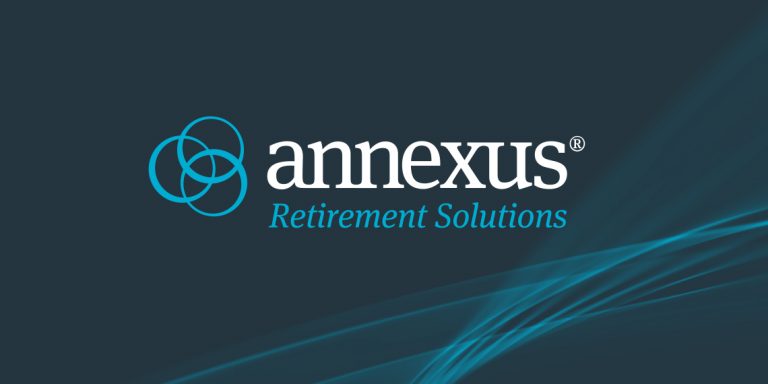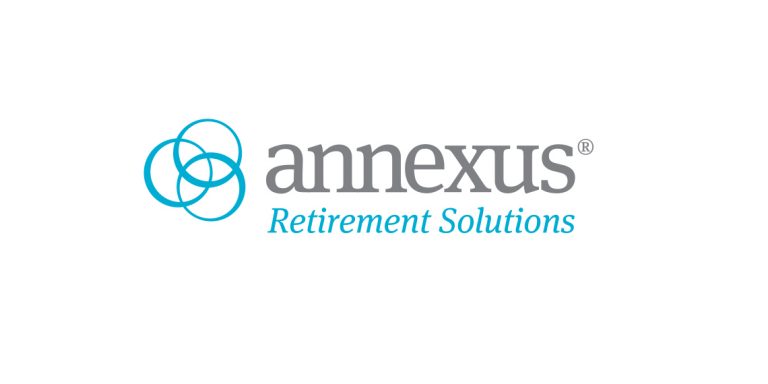Must-Ask Question: Is This Solution Efficient for the Insurance Carrier, Too?
By Charles E.F. Millard
Not all lifetime income solutions are designed equally. This may seem obvious to those following the field after passage of the SECURE Act, and it quickly becomes apparent when you begin to evaluate the various solutions through a participant lens.
Any plan sponsor, advisor or participant considering a lifetime income solution wants the insurance carrier to be around for the next 100 years. Advisors need to understand whether the solution is efficient for the insurance carrier, because the more efficient it is for the carrier, the higher the benefit is for the participant.
When evaluating lifetime income solutions, ask these two questions:
1. Is it efficient to hedge?
In every insured solution, the insurance carrier must hedge or choose to manage its risks. Obviously, the carrier is on the hook to deliver positive outcomes, and it can use various options (such as fixed income options) to hedge its risk.
Hedging, however, has its own difficulties and costs, and product design plays a major role in what those costs will ultimately be. For example, if the insurance carrier is wrapping a portfolio composed of diversified investments, its hedge will surely be inefficient and more costly, because it is nearly impossible to create a precisely accurate hedge for such a portfolio.
When assessing solutions, look for an option that doesn’t require a complex hedging strategy. One of the most straightforward insured solutions to hedge today is a fixed indexed annuity (FIA). A FIA generates income for the participant based on the performance of a single specified equity-based index, rather than multiple investments—simplifying the hedging process and making it more efficient and cost-effective. This efficiency gives the carrier flexibility to provide a more competitive product design; it can pass the savings through to the participant in the form of greater participation rates, enabling stronger performance to be credited to the contract.
2. How predictable is the liability?
Another inefficiency in many annuity designs is the “risk” of individual behavior. Most first-generation annuity solutions give up the power of pooling by allowing people to choose the year that income will begin. This causes the insurer to create conservative assumptions and in turn, it makes these solutions riskier for the insurer and reduces the outcome for the end client.
Many of the “new” solutions in the market today carry this same risk. The lack of standardization requires the insurance company to be prepared for all possibilities of utilization, and this is reflected in their pricing.
For example, many of today’s products require the participant to choose when to begin their income payments. At first glance, this sounds like a flexible, positive thing for the participant; they can choose to begin payments at age 59, or wait to begin payments until age 75.
Behind the scenes, this lack of predictability costs the participant money. The carrier needs to account for that variance in the income activation date and calculate the guaranteed income, and total income amount, based off worst-case-scenario analyses.
When assessing solutions, look for options that pool the risk by placing participants in a group annuity and standardize the income activation date to provide predictability for insurers. Then, make sure the experience for the participant is still customizable.
We want the insurance carrier to be around for 100 years
Traditional annuity products—and many lifetime income solutions in the market today—fail to create the alignment needed between the insurer and the in-plan beneficiaries. We want this alignment for two reasons: We want the insurer to stay financially healthy, and we want the insurer to be able to deliver the participant the highest possible outcome for their retirement.
Annexus Retirement Solutions transformed the traditional FIA into an investment vehicle, creating Lifetime Income Builder, our patent-pending solution. Lifetime Income Builder addresses these inefficiencies, making it easier for the carrier to create a higher level of security and ultimately, helping increase the total benefit for the participant.
Charles E.F. Millard is Senior Advisor of Annexus Retirement Solutions and the former Director of the United States Pension Benefit Guaranty Corporation. This article is part of a series on the Five Fundamental Elements of Lifetime Income Solutions.







